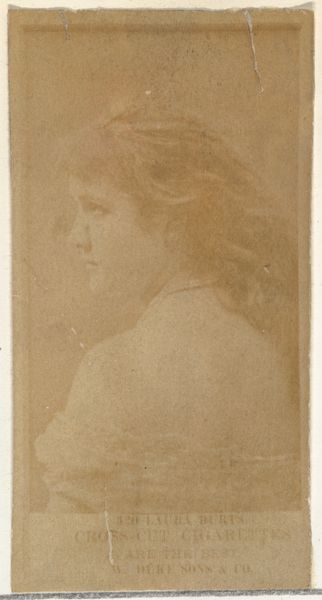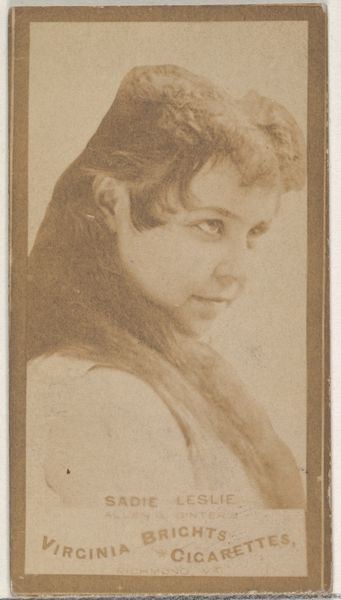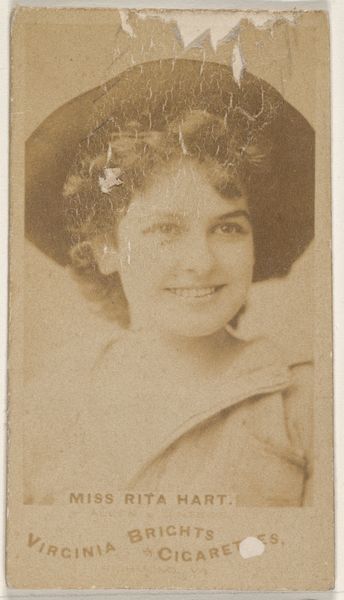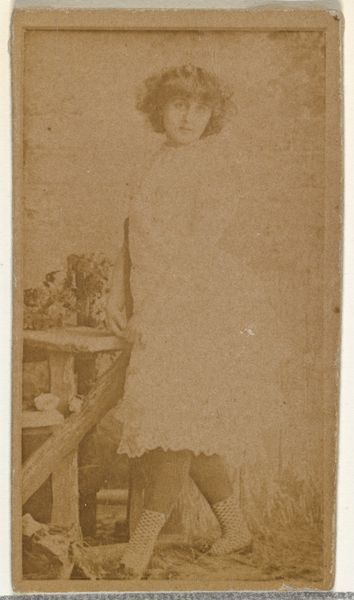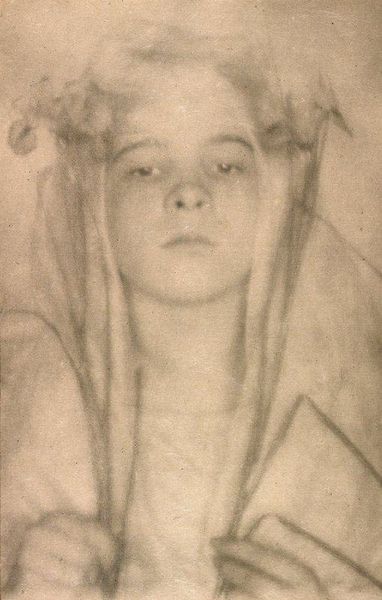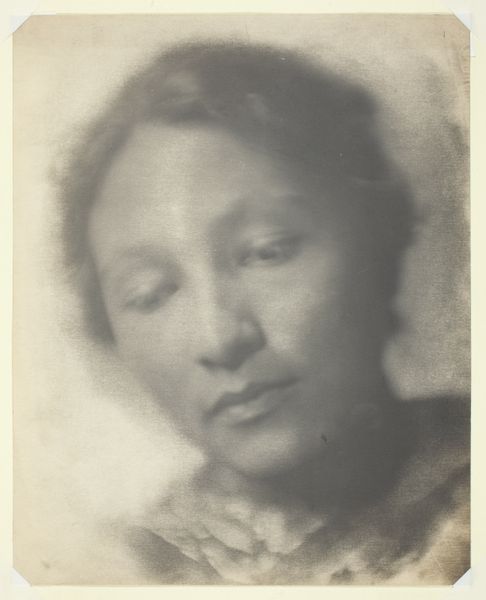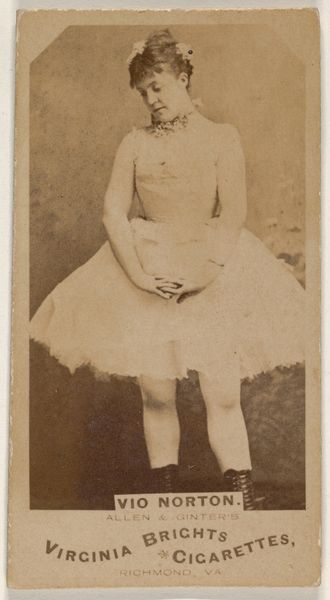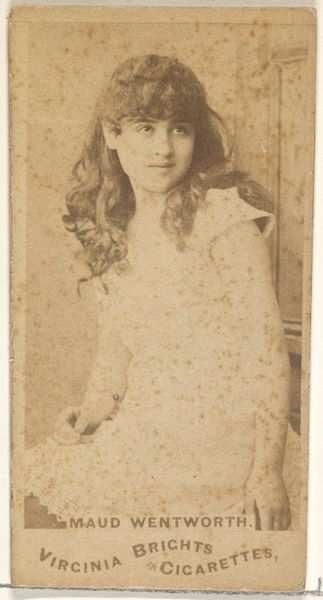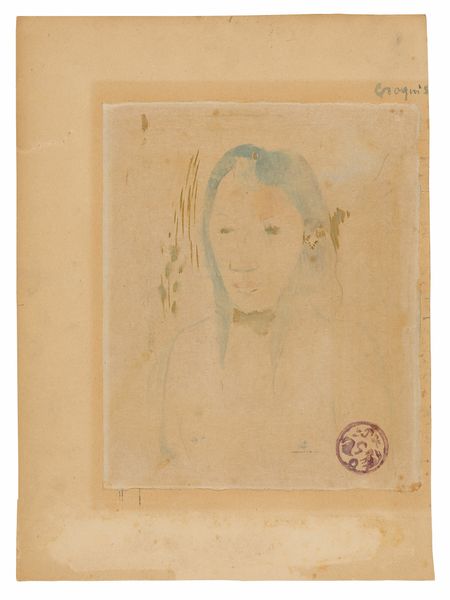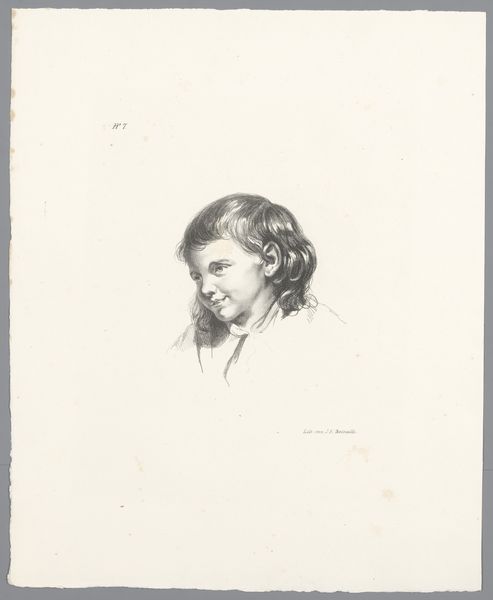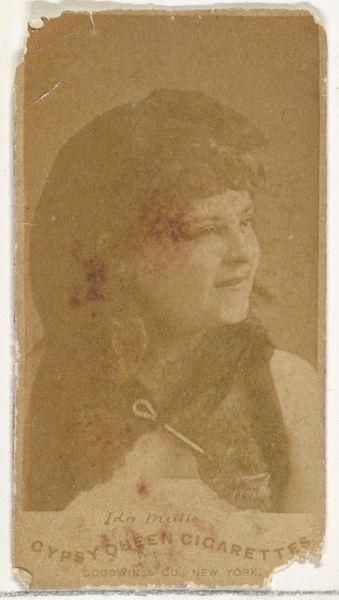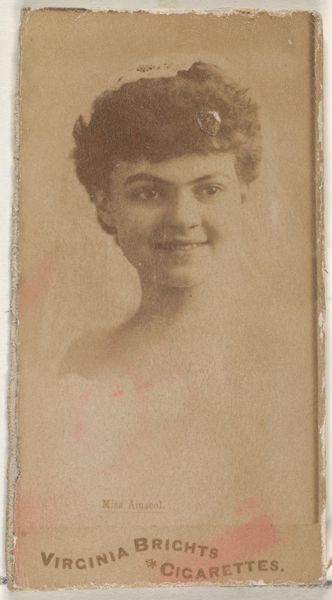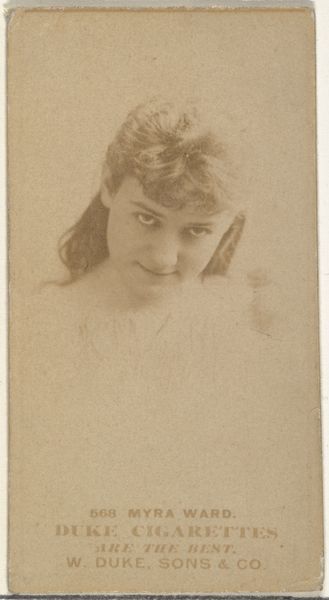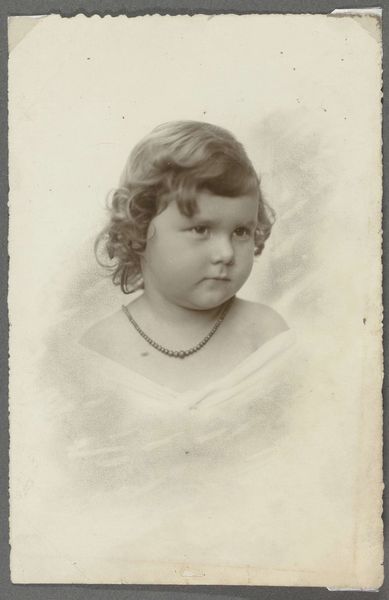
drawing, pencil
#
portrait
#
drawing
#
charcoal drawing
#
pencil drawing
#
pencil
#
realism
Dimensions: overall (approximate): 38.1 x 28.1 cm (15 x 11 1/16 in.)
Copyright: National Gallery of Art: CC0 1.0
Editor: Here we have a portrait titled "Yvonne," a pencil and charcoal drawing by Gerald Leslie Brockhurst. I’m immediately struck by the contrast between the hyper-realistic rendering of her face and the sketch-like quality of her clothing. What can you tell me about this piece? Curator: This tension you’ve observed is key. Brockhurst was known for his almost photographic realism, often elevating his sitters to idealized types. But, who gets memorialized like this, and why? Brockhurst actively participated in exhibitions like those held at the Royal Academy which frequently failed to address, much less support, female artists. Does the intense detail with which "Yvonne" is rendered subvert a male gaze? Is she given agency, or is she just being framed within the artistic establishment as an object? Editor: That’s a compelling perspective! I hadn't considered the power dynamics at play. How might Yvonne's expression factor into this? She seems quite composed, almost challenging. Curator: Exactly! Her direct gaze invites engagement, seemingly resisting passive objectification. Consider the historical context: portraits like these were often commissions, serving to reinforce social standing. By exploring questions of gaze and representation, we begin to think about whose stories get told, and how gender plays a crucial role in the narrative of art history. Does this drawing reproduce an established patriarchy? What might feminists make of its attention to craft while leaving open, perhaps unintentionally, questions about agency? Editor: It’s fascinating to consider "Yvonne" as part of this bigger discussion on power, representation, and gender roles within the art world. Thank you. Curator: And thank you! Recognizing the societal influences within art allows us to think critically about the structures and voices privileged, or silenced, by the past.
Comments
No comments
Be the first to comment and join the conversation on the ultimate creative platform.
